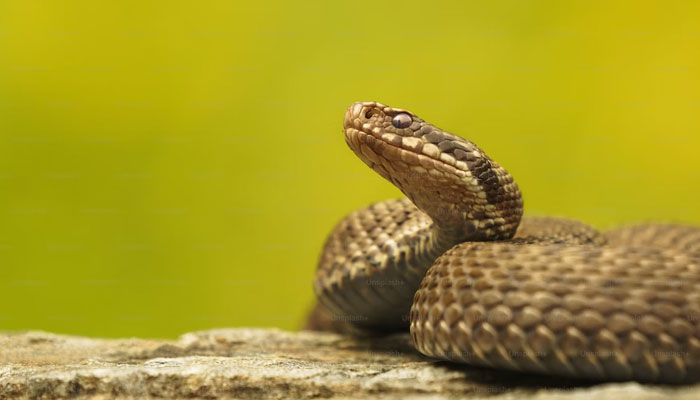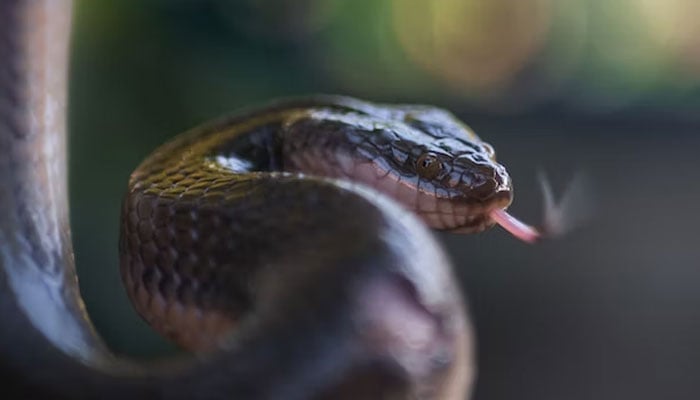Study reveals how snakes under stress can be similar to humans
Researchers hope the study can explore snake sociality's impact on stress hormone levels and captivity care
July 08, 2023

Did you know that snakes can experience stress and need another member of their species to calm them down, just like humans?
A new study released on Thursday in the journal Frontiers in Ethology suggests that slimy reptiles, like humans, may depend on others of their species to remain calm under stress.
Southern California is home to many Crotalus helleri, or Southern Pacific rattlesnakes, on which the study's authors concentrated their research.
When snakes experienced stressful situations with a companion present, their heart rates were found to be lower than when the stress was experienced alone.
According to lead study author Chelsea Martin, a doctoral candidate at Loma Linda University in California, these results represented the first time social buffering, a phenomenon where having companions around can reduce biological reactions to stress, had been documented in reptiles.
It has previously been seen in nonhuman primates, rodents, birds, and humans.
"Snakes and reptiles are really interesting because I think they’re often overlooked in their behavior," Martin said. "People are often really afraid of snakes … (but) they’re not so different from us. They have moms who take care of their children. They’re able to reduce their stress when they’re together. That’s something that we as humans do, too."
How to study snake stress
Martin and Dr William Hayes, an earth and biological sciences professor at Loma Linda University, designed a study to investigate snake stress response by removing rattlesnakes from people's homes that do not want them in their proximity, CNN reported.
“He had noticed that when he had two snakes in a bucket together as he was driving down the mountain that they seem to rattle less or not rattle at all — as opposed to if he just had one snake in the bucket,” Martin said. Rattlesnakes tend to shake their tail, emitting their signature warning sound, when threatened.

A team created an experiment for the rattlesnakes after one of their colleagues suggested that this behaviour might indicate that the snakes were engaging in social buffering.
25 Southern Pacific rattlesnakes were used, some from the mountains, where they are known to spend the cold months in one another’s company, while others from the lowlands, where they do not spend the cold months together, were captured in the wild.
Researchers placed snakes in 19-liter plastic buckets and tested their stress levels using a heart rate monitor as part of a study to understand the impact of companionship on stress response.
They found that having a companion significantly reduced heart rates in both lowland and mountain-dwelling snakes, as well as males and females.
Furthermore, the study authors suggest that social buffering behaviour in rattlesnakes could have significant implications for reptiles in general. Similar behaviours could exist in various snake species, lizards, crocodiles, and other scaled creatures.
Dr Erika Nowak, a herpetologist and assistant research professor at Northern Arizona University, believes that snakes' sociality is limited due to a lack of research on their social behaviour.
The study could provide a starting point for further research into snakes' sociality, potentially affecting their stress hormone levels and influencing captivity care.
Researchers also hope the study will positively impact the public's perception of snakes, as they are not dangerous but only trying to protect themselves.











